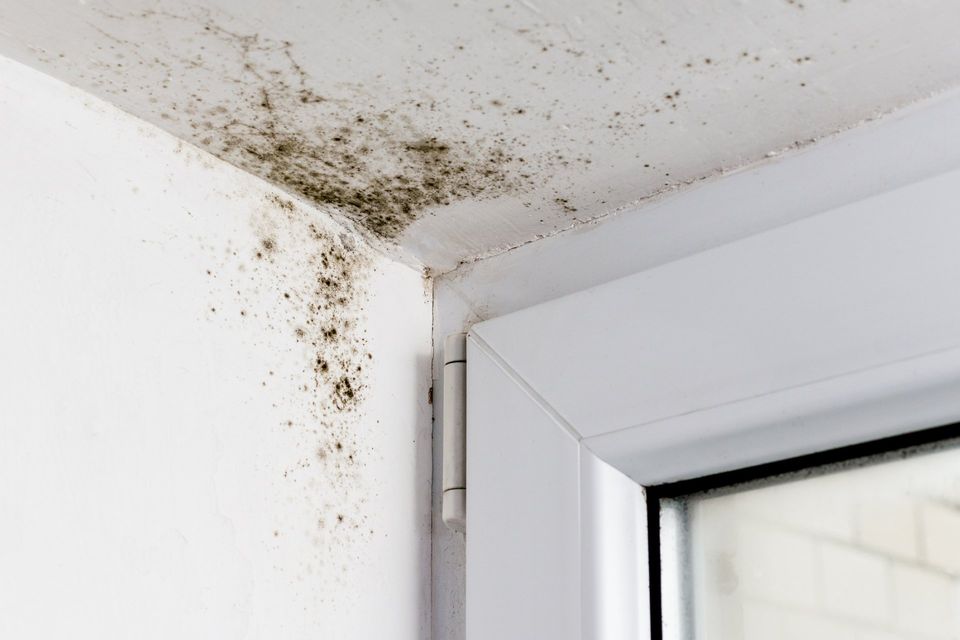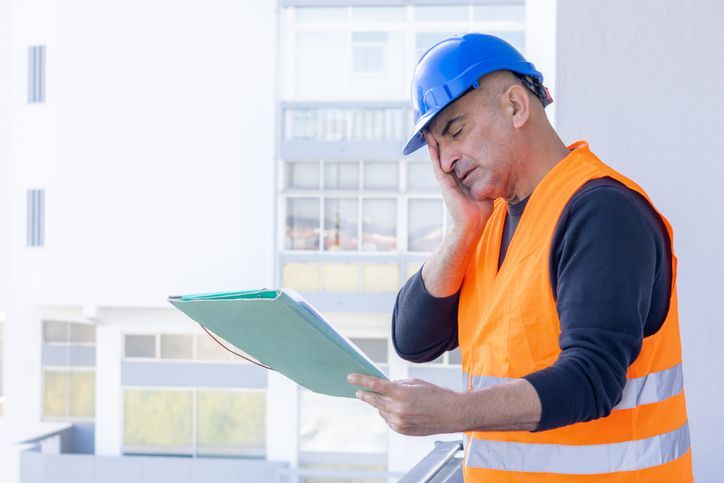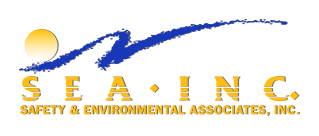5 TIPS FOR REMOVING MOLD FROM YOUR HOME

It is well known that mold is the cause of numerous respiratory and allergy related health issues. Children and infants are especially susceptible to these effects, and it is important for a house to be completely mold-free for a family to be healthy. Unfortunately, mold can and will grow anywhere: The microscopic spores are impossible to completely filter out of the air, and they can grow with only a small amount of moisture. Mold removal can be a DIY project. These tips will help you get started on the process.
1Use a dust mask or other respiratory protection. Mold will often grow in areas with little ventilation. It can be harmful to breathe in concentrated amounts of spores, so invest in a quality mask.
2Research your chemicals thoroughly. Mold can be treated with anything from soap and water to bleach. You may need to try multiple solutions before you find one that removes your mold, and some of these chemicals can create poisonous gasses when combined, even in the smallest amount.
3Replace any contaminated porous surfaces. Carpet, drywall and even furniture can be impossible to fully rid of mold. Spores can settle deep into these materials and continue to grow. Be prepared to remove these items and replace them.
4Don’t forget to check your HVAC system. Because it moves air through your home, mold spores can gather and grow within your vents. You’ll need to clean inside these small spaces and make sure that filters and crevices are completely clean. Removing mold from these tight spaces can require special equipment or supplies.
5The most effective thing you can do is rid your home of dampness and moisture. This may be something as simple as a leaky pipe or condensation, but it might stem from foundation issues or faulty appliances. A dehumidifier may pull some moisture out of the air, but it can’t compete with a water leak.
Complete removal of mold requires a top-to-bottom house cleaning, often utilizing special chemicals or tools. You will need to detect and remove every single colony of mold to ensure that it will not grow and spread. If you are not trained in identifying and removing mold, it is likely that you could miss some. Don’t take the chance with your family’s health: If you are not completely confident in your abilities, consider a professional. It’s simply not worth the risk. Contact SEA Inc. today by calling 501-568-3111 or using our online contact form.

f you think PFAS regulation is someone else’s problem, think again. The regulatory environment around per- and polyfluoroalkyl substances is shifting rapidly, and safety, environmental, and operations teams are squarely in the crosshairs. Rather than scrambling when the deadlines arrive, your best strategy is to act early.

Halloween might be the season for ghost stories and haunted houses, but for safety and environmental professionals, the real nightmares happen at work. From unseen hazards to data disasters, these frights are all too real. At SEA, we help EHS managers conquer their fears — and their risks — with smart, proactive solutions that turn horror stories into success stories.

Every year, OSHA releases its list of the most frequently cited workplace safety standards. While the names change little from year to year, the numbers tell a story: employers continue to struggle with the same hazards—falls, hazardous chemicals, and machine safety. Understanding these violations is the first step in preventing costly citations and protecting workers.
